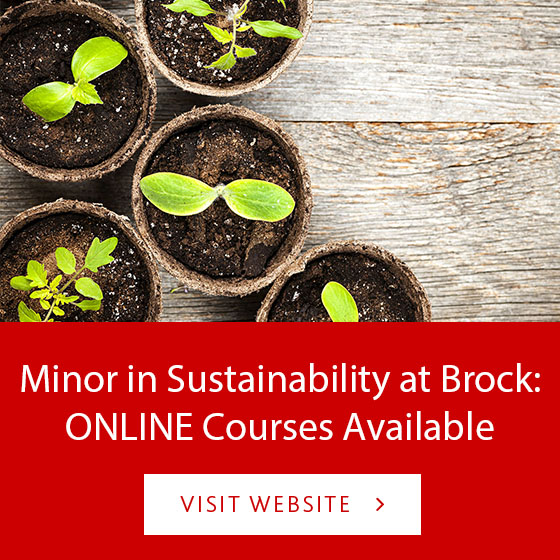The following was recently posted by the Stockholm Resilience Centre website, which you can visit for the full article and links to additional publications.
The answer: Possibly. Assessment of four UNESCO biosphere reserves reveals “myriad” of positive results.
Kristianstads Vattenrike Biosphere Reserve is a cultural landscape in the southern part of Sweden. It stretches some 105,000 hectares within a densely populated area of the Skåne region. So much for the facts. As for value, it is hailed by the UN as an outstanding example of how biodiversity conservation and sustainable development can go hand in hand. That is why UNESCO in 2005 included it their ”Man and Biosphere Programme”, recognizing it as one of the world’s best examples of how relationships between people and nature can work.
It doesn’t stop there.
Kristianstads Vattenrike is also praised for its collaborative management approach and has consequently become a point of reference for a number of researchers studying adaptive co-management.
Could there be more of these places?
According to a study recent study published in Ecological Economics, the answer is yes, and they are thriving. Senior research fellow Ryan Plummer has together with centre colleagues Örjan Bodin, Lisen Schultz and other colleagues from University of Waterloo and Brock University analysed four UNESCO biosphere reserves in Sweden and Canada and whether their focus on adaptive co-management has led to positive results.
“We identified a myriad of positive results both from an ecological perspective as well as from a livelihood perspective” Ryan Plummer, lead author
The research team analysed feedback from 52 individuals involved in the management of the four biosphere reserves. The result of the analysis showed that a majority of them reported an increase in new collaborative undertakings with partners connected to the reserves.
The analysis also revealed that this had led to a more sustainable resource use within the reserves.
Visit the Stockholm Resilience Centre for the full story and links to additional publications.
